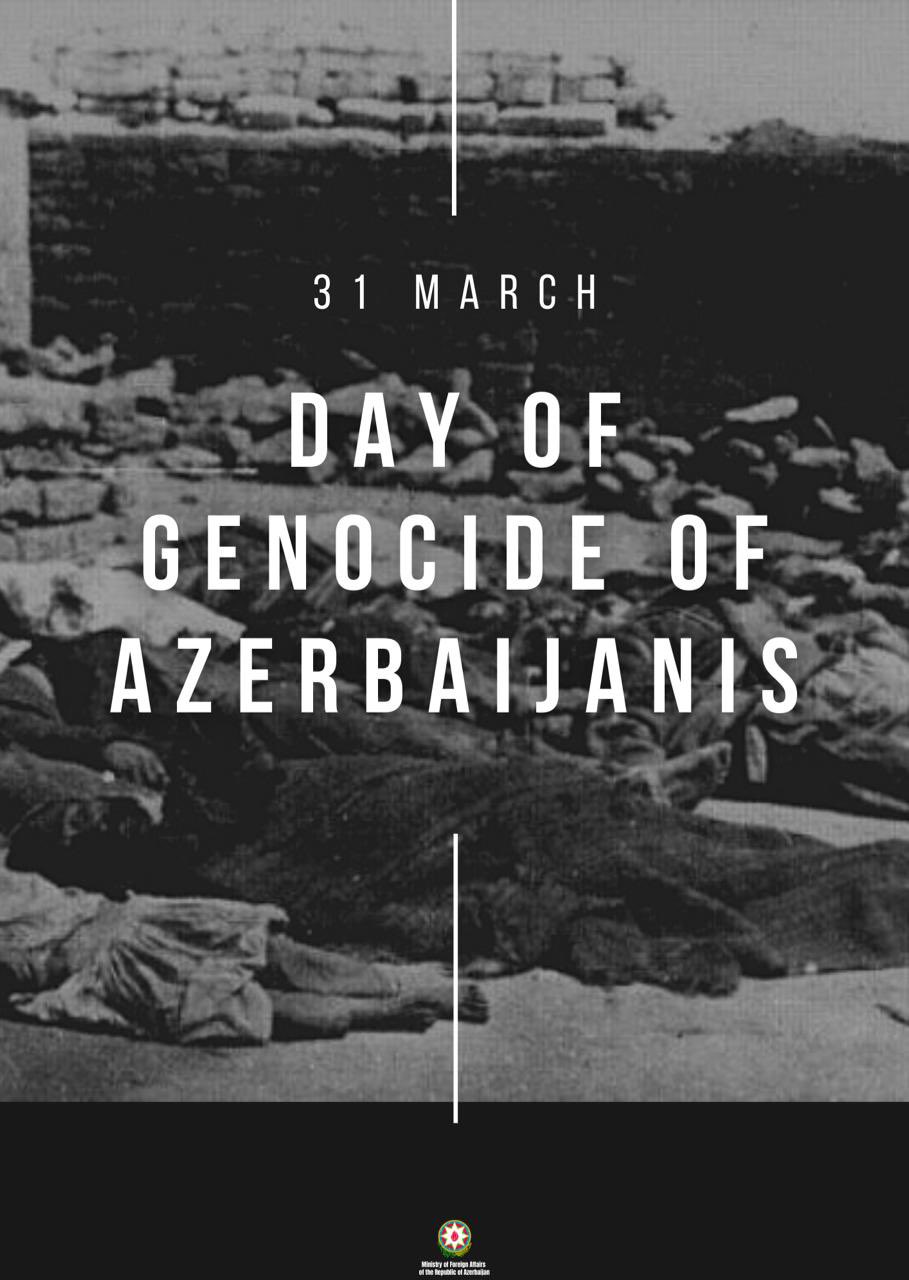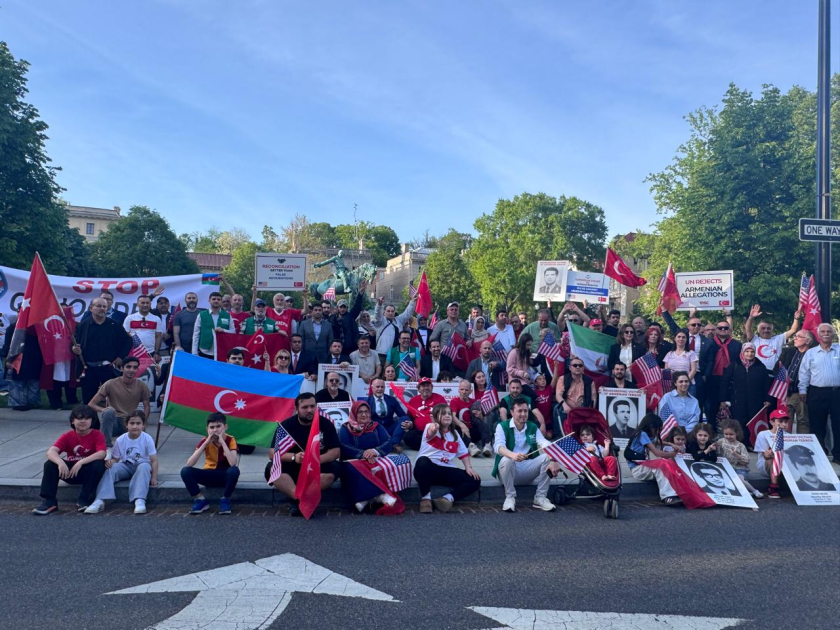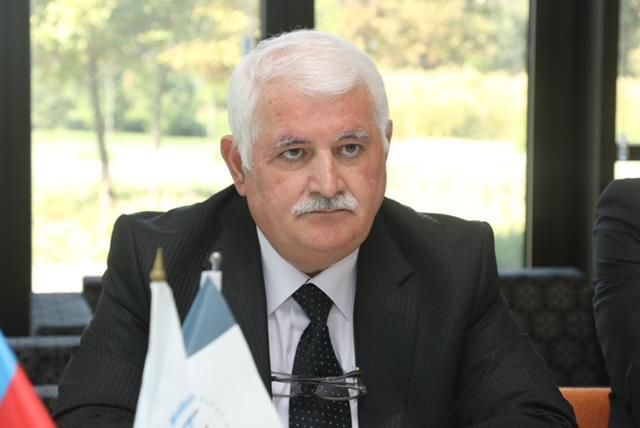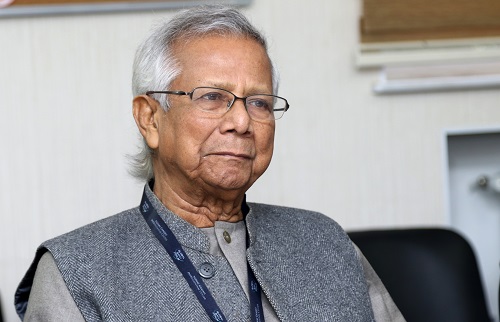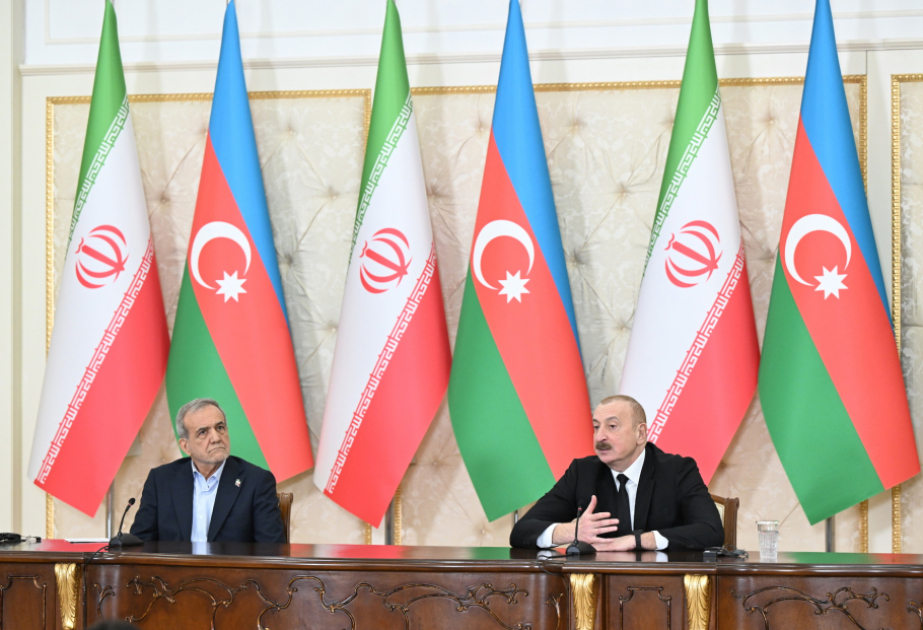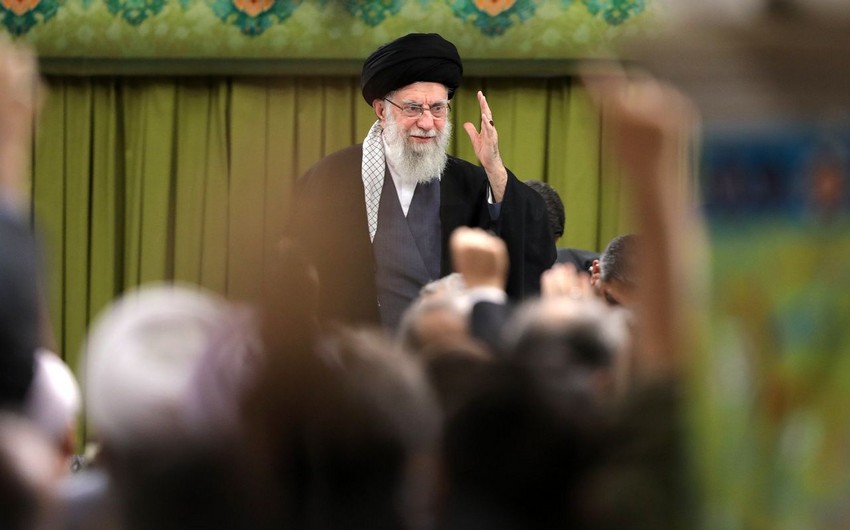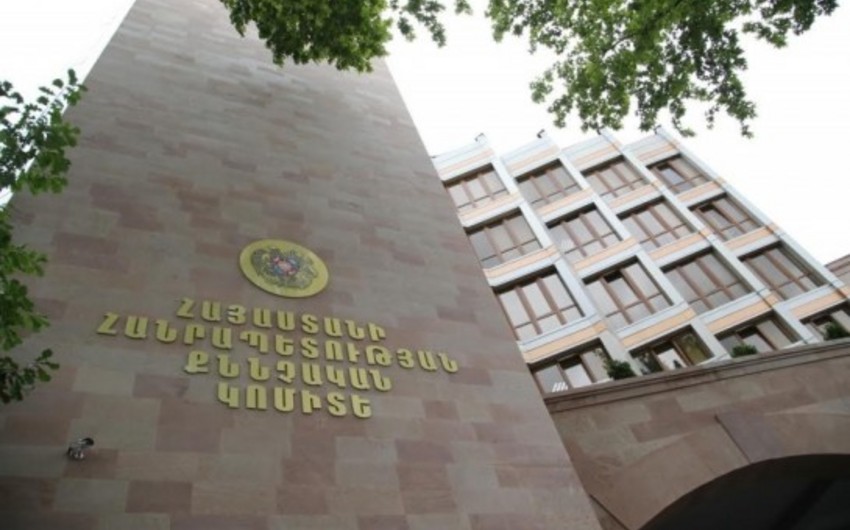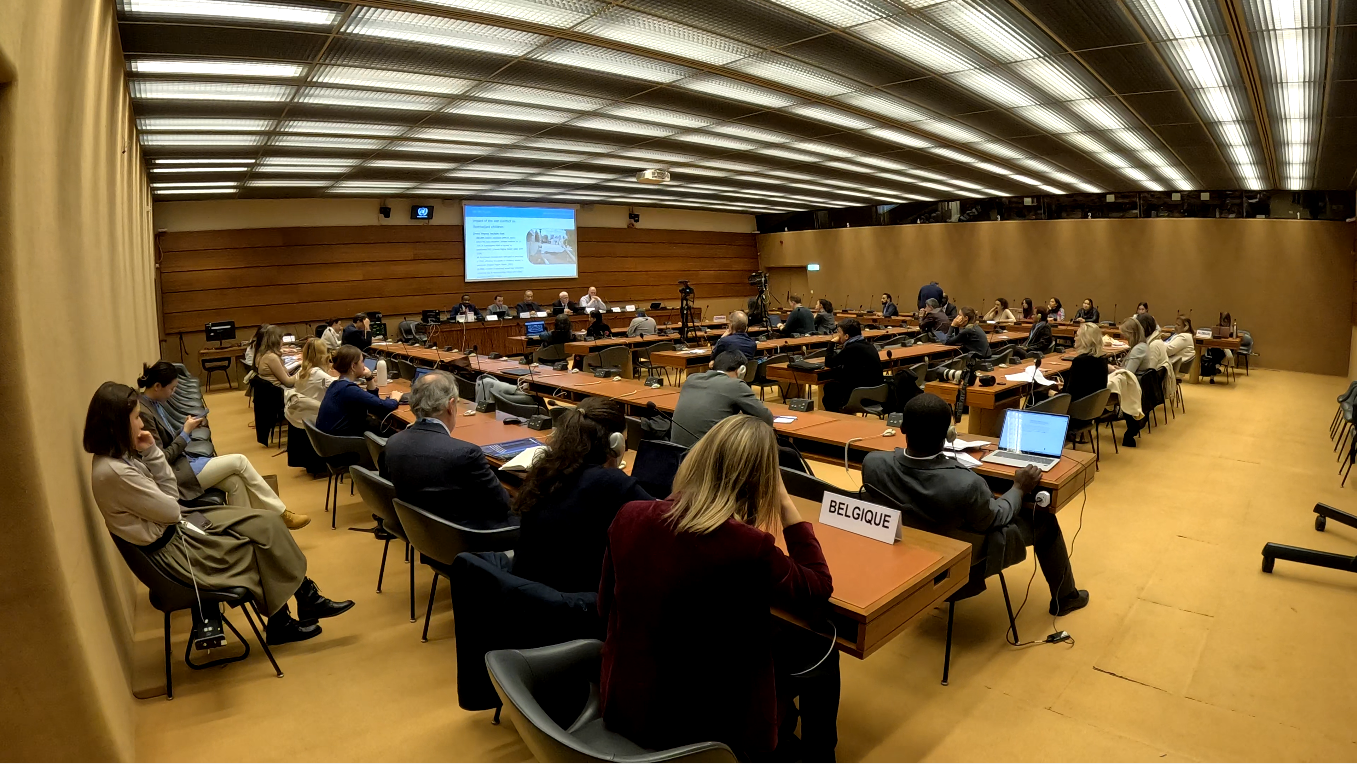Today, March 31, is the Day of Azerbaijani Genocide.
According to a report, it marks the 107th anniversary of the genocide.
Between March 30 and April 3, 1918, in Baku city and various regions of Baku Governorate, as well as in Shamakhi, Guba, Khachmaz, Lankaran, Hajigabul, Salyan, Zangezur, Karabakh, Nakhchivan, and other areas, the Baku Soviet and armed Armenian groups committed genocide against Azerbaijanis.
According to official sources, nearly 12,000 Azerbaijanis were killed in the genocide, and tens of thousands went missing.
Taking advantage of the 1917 February and October revolutions in Russia, Armenians managed to implement their claims under the Bolshevik flag. Starting in March 1918, the Baku Commune began implementing a sinister plan to cleanse Azerbaijanis from Baku Governorate under the pretext of fighting counter-revolutionary elements.
During the March massacres, Armenians destroyed many ancient buildings, historical monuments, including shrines, and even fired artillery at the Ismailiyyah building, which is considered one of the masterpieces of world architecture. The artillery fire from the naval fleet in the Caspian Sea heavily damaged the minarets of the Juma and Tazapir mosques. The armed Armenian groups ruthlessly burned the bodies of people they killed at the caravanserai.
Using the Sovietization of Transcaucasia for their own dirty purposes, Armenians declared Zangezur and several other Azerbaijani territories part of the Armenian SSR in 1920. In the following period, they expanded their policy of deporting Azerbaijanis from these areas. To this end, they achieved a state-level decision through the special decree of the Soviet of Ministers of the USSR on December 23, 1947, titled “The relocation of kolkhoz workers and other Azerbaijani populations from the Armenian SSR to the Azerbaijani SSR’s Kura-Araz plain,” and carried out the mass deportation of Azerbaijanis from their historical lands between 1948 and 1953.
In 1988, the policy of deportation continued, and nearly 300,000 Azerbaijanis living in Armenia were expelled from their homes.
It should be noted that the March massacres were commemorated as a national day of mourning by the Azerbaijan Democratic Republic on March 31 in 1919 and 1920.
After Azerbaijan gained independence, the opportunity to create an objective view of the nation’s historical past was achieved. In the decree signed by national leader Heydar Aliyev on March 26, 1998, “On the Genocide of Azerbaijanis,” these events were given a political assessment, and the genocide of Azerbaijanis by Armenians was officially declared for the first time. March 31 – the Day of Azerbaijani Genocide is commemorated at the state level every year in Azerbaijan. It is not accidental that this process became one of the key directions of Azerbaijan’s foreign policy in later stages.
Recently, facts revealing the mass killings committed by Armenians in Guba during the 1918 events have emerged. The countless human bones found serve as vivid evidence of Armenian vandalism during these massacres. As proof of the killing of tens of thousands of people in this area and as a tribute to their memory, the Guba Genocide Memorial Complex was established. The Memorial Genocide Museum of the Azerbaijani Military Prosecutor’s Office also plays a crucial role in conveying the historical truths of Azerbaijan and the massacres committed against our people by Armenian nationalists to the international community.
It should be noted that, internationally, this genocide has not yet been legally recognized.
Madina Mammadova//EDnews

